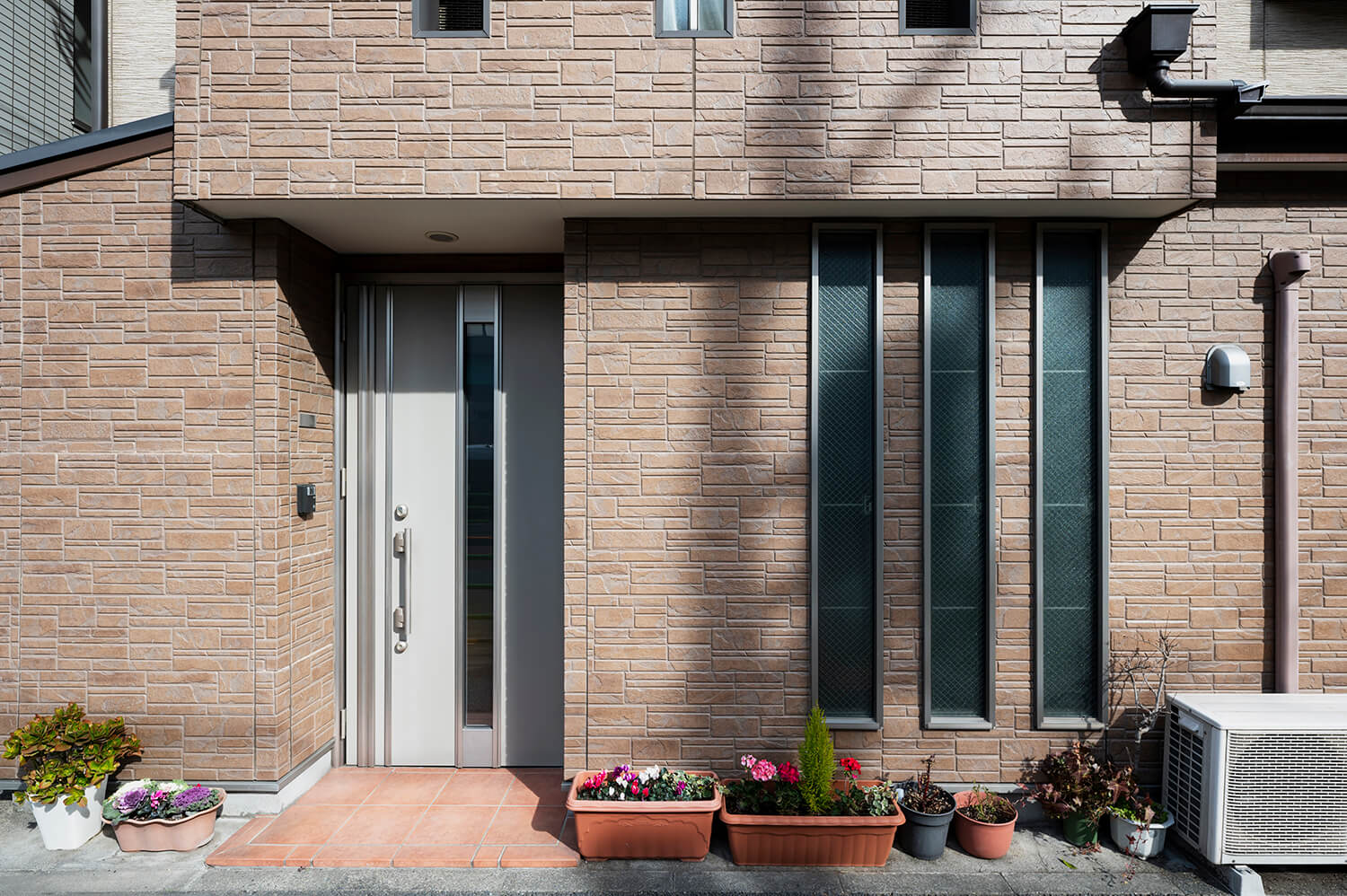I recently installed ceiling fans throughout my house.
There are a nearly endless selection of sizes plus styles of ceiling fans on the market.
I was able to choose models that complement the decor, include an LED light plus operate by way of a cordless remote. The ceiling fans feature a switch at the base that allows me to change the direction of the fan blades. While it’s straight-forward to overlook this function, the direction of the fan makes a large difference to the temperature plus comfort of the room. It can help to significantly trim heating plus cooling costs; Living in an part with chilly cold winters plus warm plus humid summers, heating plus cooling are essential plus extravagant. I’m always searching for current plus better ways to reduce the workload of the boiler plus a/c. Temperature control accounts for about half of the dwelling energy use. Although I’ve invested into a high-efficiency a/c, it uses around 3,500 watts of power whenever it runs. Ceiling fans run on 50 watts of power. While I can’t avoid running the a/c on especially warm plus muggy afternoons plus evenings, the ceiling fans help out. I set them to spin counterclockwise over the summer. This works to push air downward plus create a cool breeze. Operating the fan keeps the room’s temperature consistent plus allows for higher thermostat settings. It’s important that the angles of the fan blades are adjusted to a minimum of twelve degrees to maximize cooling potential. In the winter, I switch the ceiling fan to rotate clockwise at low speed. Warm air naturally rises, plus it is straight-forward for the heat to get trapped up by the ceiling. The fan creates a gentle updraft plus redistributes the heat. Operating the ceiling fans saves around 15% on my winter time heating bills.
